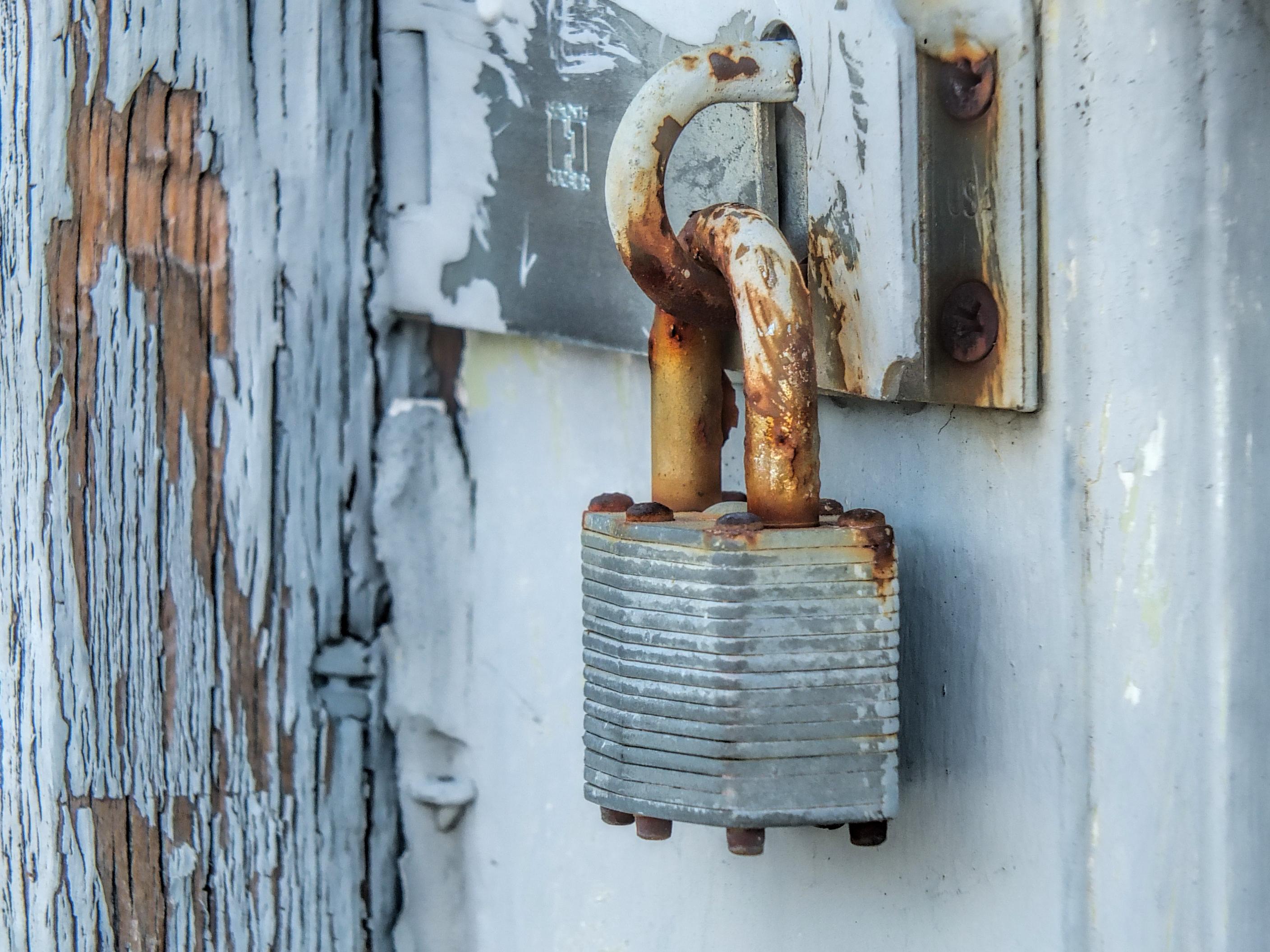
02 Feb Where to save your emergency fund
Photo: pippalou/morguefile.comQ. I have three months of expenses in an emergency fund. What’s the best place to put the money? I’m adding to it with every paycheck with the goal of having six months’ worth.
— Slow but sure
A. We’re glad to hear you’ve been able to save to your emergency fund — a tough task that many struggle to do.
Your emergency fund should be set aside in a safe place, and you need to find the discipline to leave that money alone unless there’s a real financial emergency.
Before we discuss where that money should be held, let’s talk about the nature of emergency funds.
“An emergency is an unexpected event that you wouldn’t be able to fund as a fixed or variable expense, and it’s usually a large expenditure such as a medical emergency, major car issues, home repairs or even living expenses that need to be replaced due to a loss of a job,” said Jeff Rossi, a certified financial planner with Peak Wealth Advisors in Holmdel.
Rossi said you should calculate your emergency fund by first identifying your monthly expenses, which consist of both fixed and variable expenses. Be sure to remember any expenses that are paid annually or quarterly.
Depending on your situation, Rossi said, you should set aside three to six months of cash.
Three months of expenses may be enough for those who are single with a second source of income, those who are married if both spouses work and have similar wages, or for those who are married where only one spouse works but has a second source of income, Rossi said.
Six months of expenses should be considered for single wage earners and those who are married but only one spouse works, he said.
Now, where to keep the money.
Rossi said the best place to put your emergency fund is in a safe and liquid account.
While it’s okay to keep it in your checking account, Rossi said, most people have difficulty keeping things separate, so you should create an account designated just for your emergency fund.
The account could be another checking account, a savings account, a money market account that invests in government issued securities, Treasury bills, or even CDs, Rossi said.
“The caveat with CDs is to find terms that are three months or less, or if you want to use longer terms to get a bit more yield, set up a CD ladder,” Rossi said. “A CD ladder entails buying several CDs in a staggered fashion.”
For example, if you have a $60,000 emergency fund based on a six-month need, it might look like this:
$20,000 CD #1: Maturing one month from now
$20,000 CD #2: Maturing three months from now
$20,000 CD #3: Maturing five months from now
Once CD #1 matures, you would roll the proceeds into another CD that matures in five or six months, and you continue that process for as long as you have your emergency fund, Rossi said. You can use the interest you earn to support other goals.
It’s true that all of these more safe and liquid options have little or no interest, but that’s the price you will pay for safety.
Now that you have three months accumulated, there’s another option, said Vicky Tomaro, an Investment Advisor Representative with Tomaro Financial Group in Wall.
“You might want to consider a short duration mutual fund which can pay some interest but does have some market risk,” Tomaro said. “Your lump sum could fluctuate, so understand that as you continue to accumulate, you may want to keep three months worth of emergency funds here and the other three months in a cash position in the bank.”
Email your questions to Ask@NJMoneyHelp.com.
This story was first posted in February 2016.
NJMoneyHelp.com presents certain general financial planning principles and advice, but should never be viewed as a substitute for obtaining advice from a personal professional advisor who understands your unique individual circumstances.
